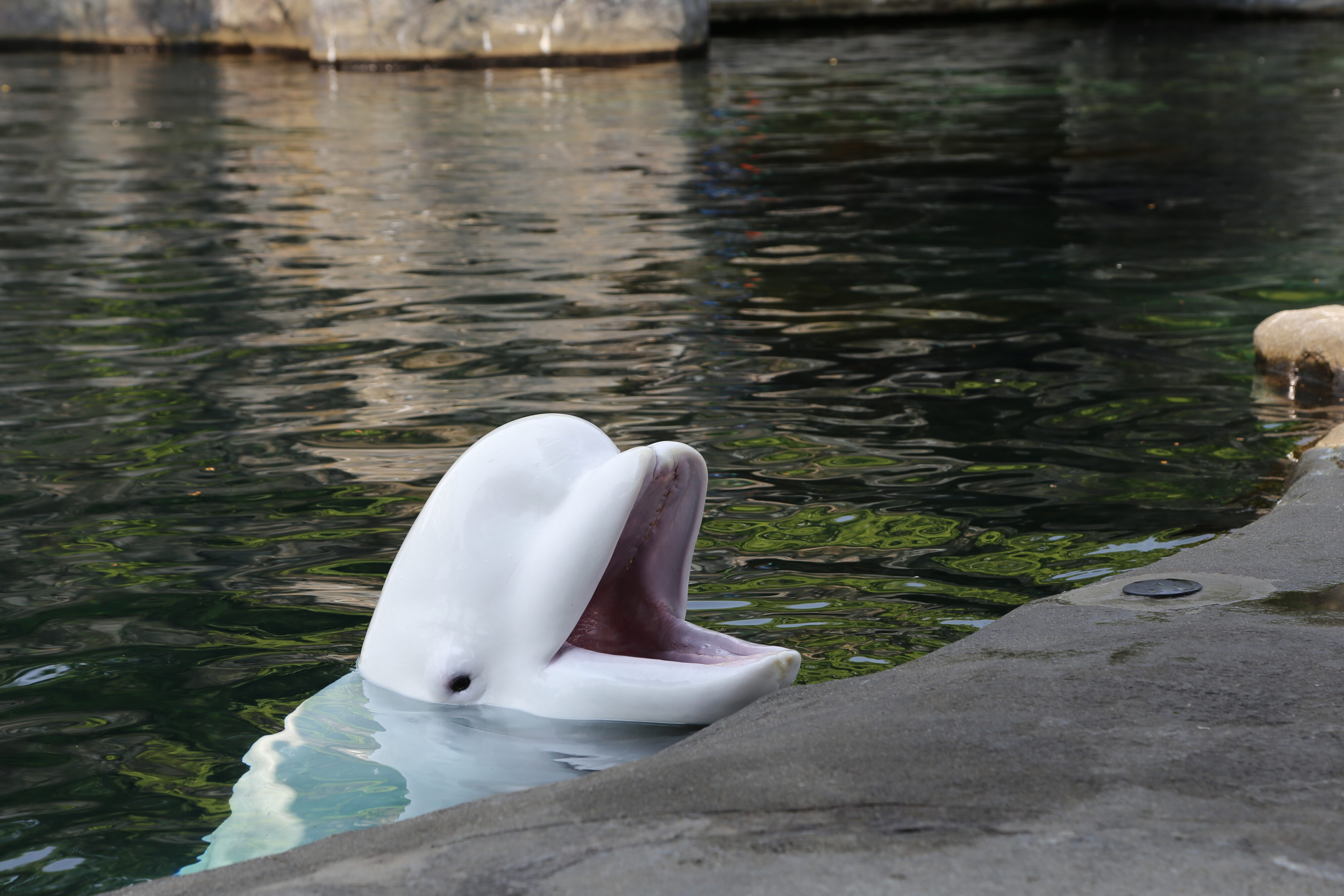Daria Nastasia
The Ban: Inside the fight to reopen swimming in D.C.’s rivers
The Potomac River, which borders Washington, D.C. and Maryland, stretches for hundreds of miles and is an important natural resource for the area. Due to its bustling aquatic life and fun recreational activities like boating and kayaking, the Potomac is a popular destination for locals and tourists alike.
A century ago, tens of thousands of people would swim in its waters on hot summer days. However, since the 1970s, swimming in the river has been illegal due to pollution concerns, and advocates now argue that it is time to change what they call archaic laws.
In 1965, President Lyndon B. Johnson labeled the Potomac a “national disgrace” while also championing its restoration. The Clean Water Act of 1972 aimed to make all American waterways fishable and swimmable, and subsequent efforts, such as DC Water’s Clean Rivers Project, have made significant strides in improving water quality. Local government officials have expressed optimism that some parts of the Potomac will be open for swimming by 2030.
“The Ban” focuses on the complex history pertaining to swimming in the Potomac River and the debates on how to open it up for swimming again. Dean Naujoks, a Potomac Riverkeeper, claims that certain parts of the Potomac are currently safe for swimming up to 90 percent of the time. Denis Crean, an open water swimmer, even defies the ban and runs programs promoting the use of the river for wellness practices such as “Wim Hof techniques” to address mental and physical health issues. Despite push backs from law enforcement, he continues to advocate for change. Meanwhile, Jonathan Champion, the Associate Director of the Water Quality Division in the D.C. Department of Energy and Environment, expresses cautious optimism about lifting the ban, but emphasizes the need for continued testing, which is often hampered by bureaucratic constraints and budget cuts.
Decades of prohibition have left a lingering perception of the river as dirty and unsafe for swimming, despite significant improvements in water quality. The lack of awareness about such advancements, coupled with the enduring stigma of pollution, may deter some people from embracing the idea of swimming in the Potomac once more. As discussions about reopening the Potomac for those who wish to swim in its waters intensifies, addressing concerns and effectively communicating the strides made in environmental restoration will be crucial in building public confidence.





















